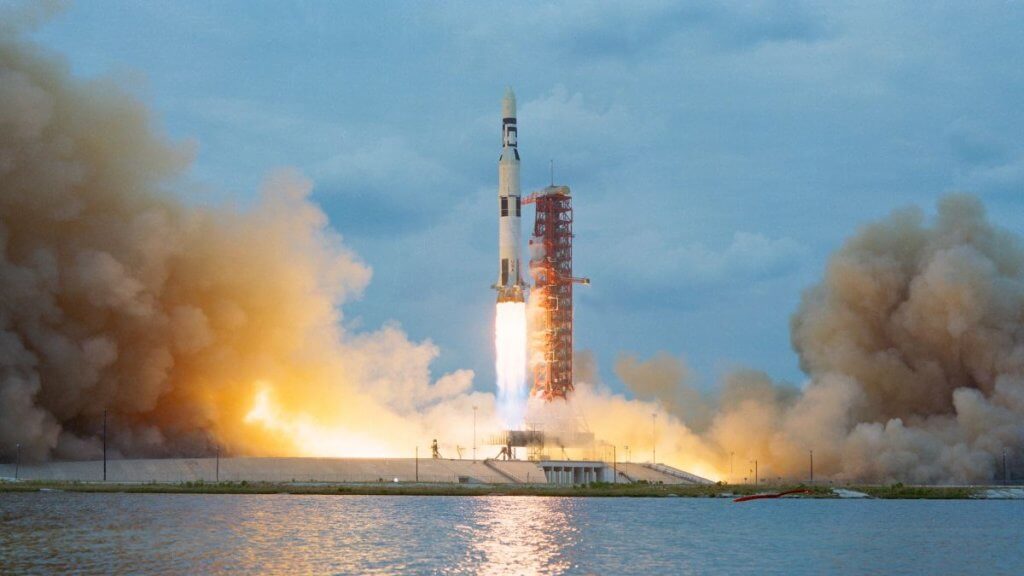On Aug. 1, 1968, NASA canceled the production of its Saturn V moon rocket.
The giant rocket was the only launch vehicle to have ever carried astronauts beyond low-Earth orbit, and it was the largest, most powerful rocket ever.
Related: Saturn V: The mighty U.S. moon rocket
NASA built 15 of these rockets but only flew 13 of them. When NASA made the decision to stop building the Saturn V, it was almost a year before Apollo 11 astronauts would walk on the moon for the first time.
A federal budget deficit and the rising costs of the Vietnam War led Congress to slash nearly three-quarters of the funding that President Lyndon Johnson had allotted for the Apollo program.
The last Saturn V launched in 1973, and it was originally supposed to send Apollo 18 to the moon. However, that mission was canceled, and that Saturn V launched the Skylab space station instead.
On This Day in Space Archive!
Still not enough space? Don’t forget to check out our Space Image of the Day, and on the weekends our Best Space Photos and Top Space News Stories of the week.
Follow us @Spacedotcom and on Facebook.

